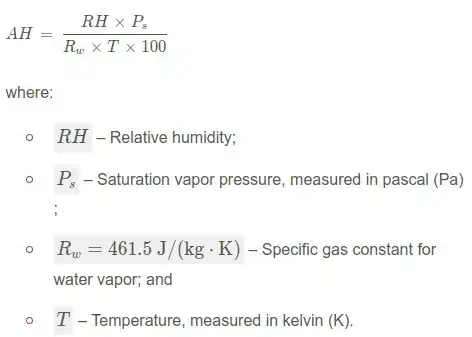I have rigged two different DHT22 sensors to an Arduino Nano board. Both temperature readings are more or less comparable but they produce very different humidity readings.
The sensors are:
- Sensor No. 1 is an IDUINO-Version of the DHT22 on PIN 2
- Sensor No. 2 is a DHT22 in Grove version from Seeeds Studio on PIN 3
The simple code is build on one of the basic examples as followed:
#include "DHT.h"
#define DHTPIN_2 2 // Digital pin connected to the DHT sensor_1
#define DHTPIN_3 3 // Digital pin connected to the DHT sensor_2
#define DHTTYPE DHT22 // DHT 22 (AM2302), AM2321
#define DHTTYPE_11 DHT11 // DHT 11 (AM2302), AM2321
DHT dht_1(DHTPIN_2, DHTTYPE);
DHT dht_2(DHTPIN_3, DHTTYPE);
void setup() {
Serial.begin(9600); //consider baud in serial monitor!
Serial.println(F("DHT22 test!"));
dht_1.begin();
dht_2.begin();
}
void loop() {
delay(5000);
float h_1 = dht_1.readHumidity();
float t_1 = dht_1.readTemperature();
float h_2 = dht_2.readHumidity();
float t_2 = dht_2.readTemperature();
//Check if any reads failed and exit early (to try again).
if (isnan(h_1) || isnan(t_1)) {
Serial.println(F("Failed to read from DHT sensor_1!"));
return;
}
// Check if any reads failed and exit early (to try again).
if (isnan(h_2) || isnan(t_2)) {
Serial.println(F("Failed to read from DHT sensor_2!"));
return;
}
Serial.print(F("Humidities: "));
Serial.print('\n');
Serial.print(F("s_1: "));
Serial.print(h_1);
Serial.print(F(" s_2: "));
Serial.print(h_2);
Serial.print('\n');
Serial.print(F("Temperatures: "));
Serial.print('\n');
Serial.print(F("s_1: "));
Serial.print(t_1);
Serial.print(F(" s_2: "));
Serial.print(t_2);
Serial.print('\n');
}
The resulting output on the Serial Monitor is:
Temperatures:
s_1: 25.30 s_2: 23.40
Humidities:
s_1: 6.20 s_2: 66.40
Temperatures:
s_1: 25.20 s_2: 23.40
Humidities:
s_1: 6.00 s_2: 66.10
Temperatures:
s_1: 25.10 s_2: 23.40
.
.
.
The humidity reading from sensor_1 seems defective, just having the 10th of the value of sensor_2. Is there a fix for that? Is it possible to re calibrate sensor_1 or is it broken?
Edit: swapping the sensors (suggested by jsotola)
The output results are:
Temperatures:
s_1: 22.60 s_2: 24.70
Humidities:
s_1: 67.80 s_2: 7.30
Its the sensor it seems.
